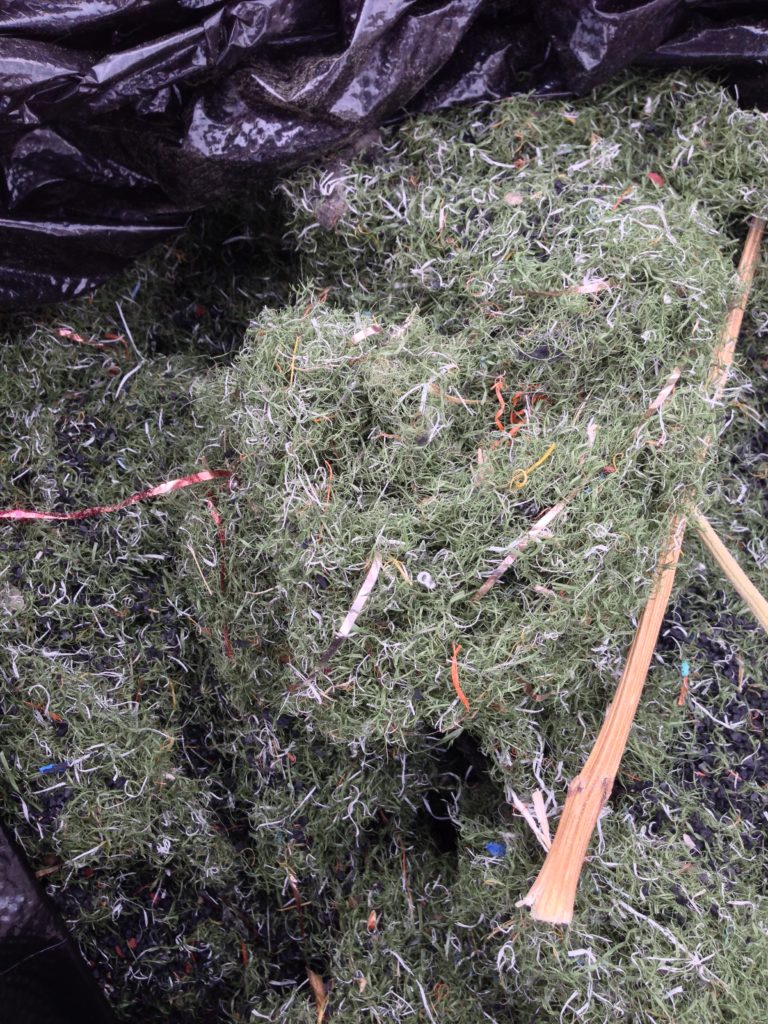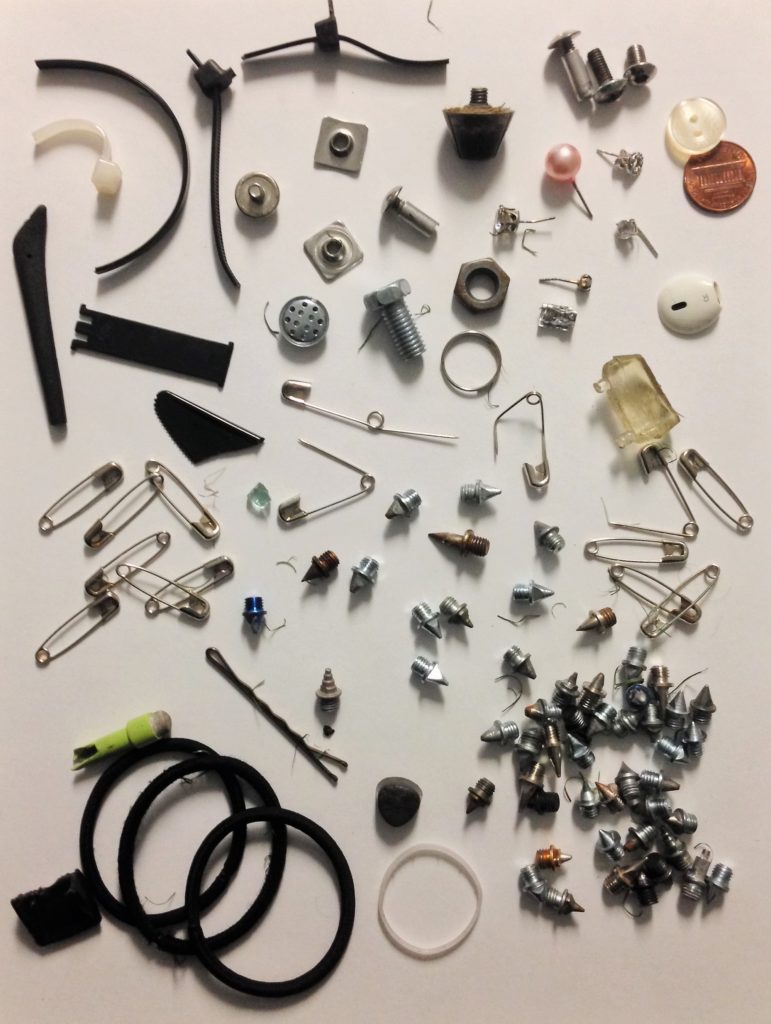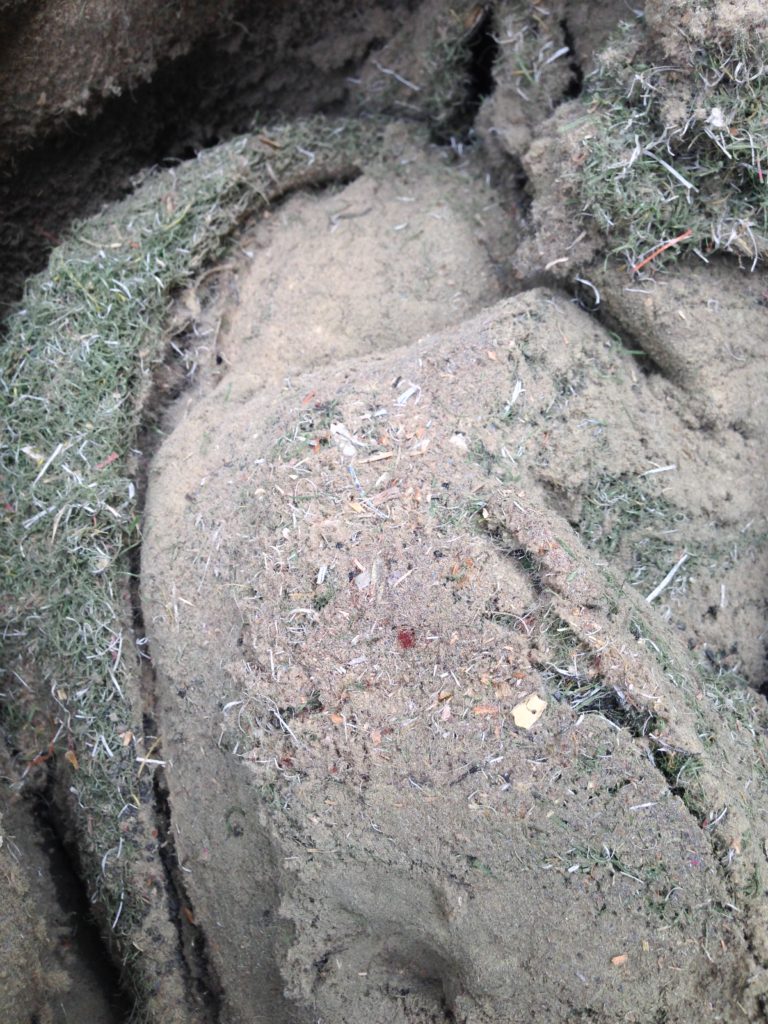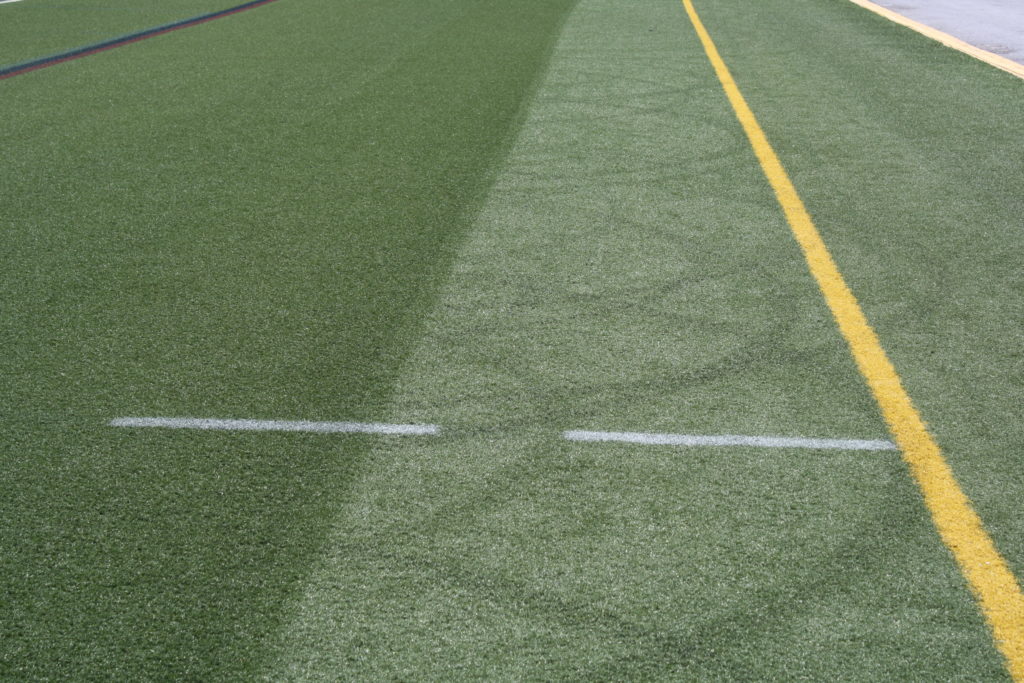Synthetic Turf Fields
The synthetic in-fill turf industry is constantly evolving its products and approaches to MAXIMIZE product lifespans. Routine maintenance requirements for these fields have dramatically changed. Many different types of contaminants find their way into a turf field’s in-fill system. These foreign contaminants can reduce field’s usable life. The typical grooming process for synthetic turf fields does not remove contaminants, but instead, redistributes them throughout the field. Turf, Track & Court, LLC provides a synthetic turf conditioning service that is specifically designed to remove contaminants from the turf system, relieve infill compaction and groom turf fibers to maximize the systems usable life.
BENEFITS OF TURF CONDITIONING INCLUDE:
- Removal of hard, potentially dangerous contaminants (track spikes, bobby pins, safety pins, stones, buttons, glass, earrings, rings, etc.)
- Extraction of pollen, dust, dander, and organic matter (grass, leaves, hair, and clothing fibers)
- Decompaction of in-fill systems, providing a consistently flat and safe playing surface
- Keeping turf fibers vertical, limiting wear areas to the ends of fibers
- Improvement of a field’s aesthetic appeal
Turf, Track & Court, LLC is equipped with the knowledge, machinery and experience to keep your synthetic in-fill turf fields in top condition. Fields that are carefully maintained have consistently outlived their ill-maintained counterparts.
TTC’S CONDITIONING PROCESS CONSISTS OF A FOUR-STEP APPROACH:
- This system starts with a process to loosen the infill material and foreign contaminants. A brush is used to gather the top layer of infill and accumulated debris, depositing on a vibrating screen.
- The foreign contaminants are then sifted and deposited into a hopper while the infill is dropped back onto the field.
- During this process a vacuum is applied to remove fine contaminants, such as dander, hair, pollen, etc.
- Finally, the field’s turf fibers are groomed into a vertical position—which aids in field longevity—along with a general leveling off the field infill.
The entire process provides a mechanism for ensuring a consistent field surface which, in turn, is expected to provide consistent G-Max Testing results.



